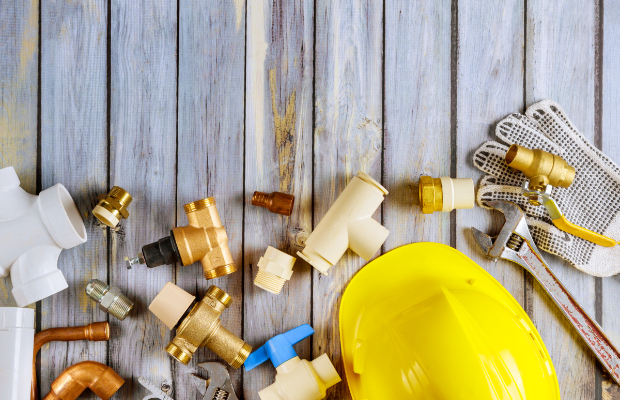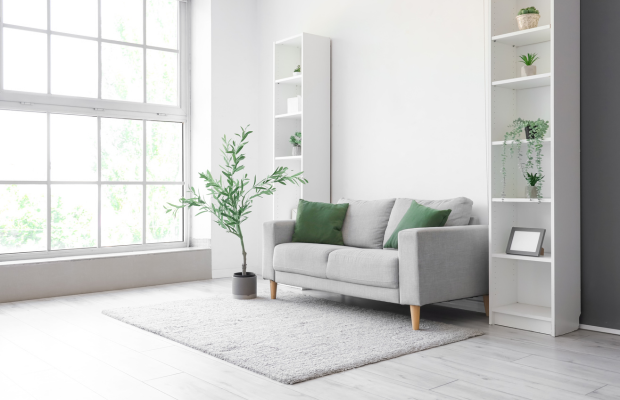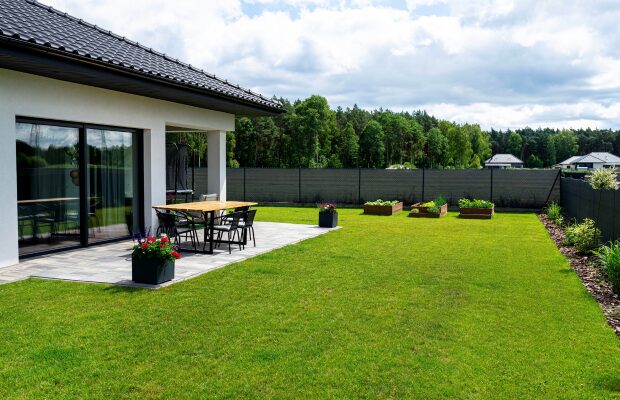If you’re thinking about selling your house, you might’ve had a look around and wondered what you’d like to take with you, or leave behind. If you’ve sold before, you should have heard the phrase ‘fixtures and fittings’, and you’ll be aware of the difficult decisions and careful planning that come with it. But while this matter may not seem complicated on the surface, it’s always worth knowing all you can so that you can proceed with confidence.
Here’s everything you should know about fixtures and fittings…
What are fixtures and fittings and what’s the difference between them?
The term ‘fixtures’ essentially refers to any items in the property that are attached or ‘fixed’ to the building, whereas ‘fittings’ are items that aren’t attached to the property, unless by screw or nail.
The key difference between the two, is that buyers will have the assumption that fixtures are to be included in the property sale as these are ‘fixed’. Fittings, however, are not typically included in a property sale as these are items individually purchased by the seller, and therefore it is their choice as to whether they would like to take them to their next property.
What is usually included in the property sale?
Each circumstance is unique, so don’t rely on any alleged hard and fast rules. Prior to exchange, you will need to let the buyer know exactly what they will be paying for.
Generally, the following are included:
- The heating system
- Any built-in wardrobes and cupboards such as kitchen cabinetry
- Bathroom suites
- Plugs and light fittings
- Paintings which have been physically drawn on the wall (such as a mural)
What does the law say?
This is where things can get complicated if not handled correctly. The seller is not legally obligated to leave any furniture or specific items in the property. However, they are responsible for explaining exactly what is included in the sale and what the buyer is paying for. This is why communication will be paramount if you want a smooth sale.
The fixtures and fittings form (TA10)
The TA10 form protects both parties, as both buyer and seller agree what stays in the house and what goes as part of the contract of sale.
Sellers should be provided a copy of the form to be carefully completed with their solicitor, who will be able to help with any tough decisions and offer advice.
Once the form is completed, the seller’s solicitor can then hand it over to the buyer’s solicitor to go through with their client and raise any queries.
This opens up a necessary window for communicating and negotiating, and it’s not uncommon for disagreements to arise at this stage. The TA10 form is in place for clarity on fixtures and fittings, and both parties knowing where they stand means that coming to an agreement will be much simpler – and as a seller, you won’t have to face legal action over a mere misunderstanding or assumption.
Negotiating
Both buyers and sellers can sometimes have the opportunity to negotiate on fixtures and fittings.
As a seller, if you find that a potential buyer is unwilling to increase their offer to your desired figure, it could be beneficial to offer some fixtures and fittings if the buyer would agree to bring their offer up a notch. Buyers may also request this if the seller won’t budge on their asking price but might be willing to include some fittings in the cost.
Thinking about selling? Contact
our expert team today.




